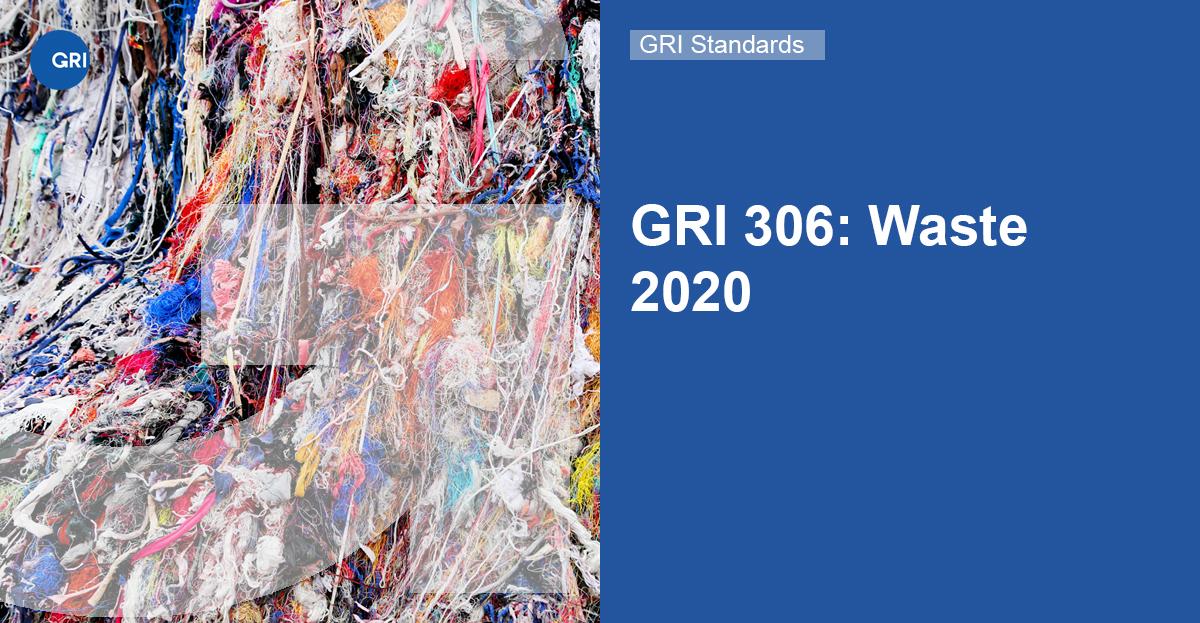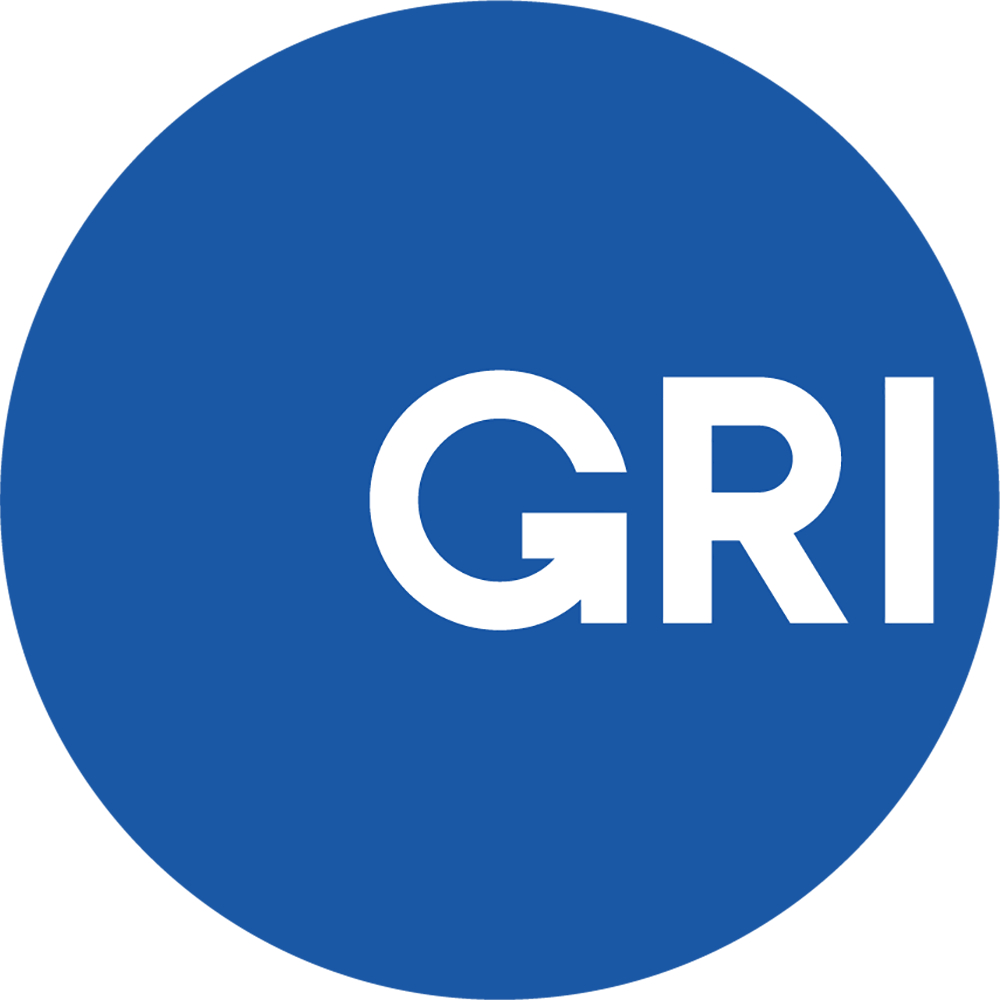Understanding Waste Impacts Can Unlock New Opportunities
By Anna Krotova, Senior Manager – Standards, GRI

With COVID-19 disrupting commercial activities around the globe, one of the many knock-on effects has been on the composition and volume of waste generated by organizations. The crisis has added new considerations for why transparency about the way waste management systems are designed and function is essential for adequate performance, both now and beyond the pandemic.
For example, some companies are faced with the challenge to offer adequate protection for workers who deal with waste. Others are presented with trade-offs and new waste-related impacts, as they have shifted from physical commercial activity towards e-commerce. And some companies are already re-thinking their business models, as both resource supply and product demand are interrupted.
In May of this year GRI launched a new Waste Standard. While the two-year development process for this Standard did of course pre-date the pandemic, it is both timely and highly relevant that this new best practice for reporting waste impacts is available for any company around the world to freely access and use. Our Standard guides the company through a holistic assessment of its activities from the proxy of waste, with opportunities for improvement along the way.
Where to start
Any reporting with the GRI Standards begins with identifying material topics – those that are most significant from an impact perspective. Paradoxically, of all environmental issues, waste is one of the most tangible, yet it is surrounded by social stigma. It is regarded as something unpleasant therefore its value is often underestimated. in addition, people who handle waste usually don’t have decision-making power and their suggestions might not be listened to.
The Standard includes a provision to help reporters acknowledge waste in their activities and identify related impacts. It recommends that companies perform a process flow – an internal exercise to visualize and understand how inputs and outputs move through their own activities and value chain. This can show both where waste is generated and what the causes are. Ultimately, this helps companies identify interventions and decisions for addressing the root-causes of their waste-related impacts.
Why context matters
The waste situation facing any one company is both dynamic and unique. Consider how the pandemic is affecting global economic activity. While urban retail, for example, has decreased, e-commerce, home delivery, logistics, or medical services have rapidly increased. As the result, waste generation rates will fall in some sectors and rise in others. Keeping good records of volumes of waste generated, its composition, and movement, can help reconcile any discrepancies with previous years’ data and clearly explain that dynamic to stakeholders.
Meanwhile, every business is faced with unique challenges determined by local regulation and infrastructure. For example, it might be sub-optimal to send materials for recycling to countries where no adequate environmental or social protection exists. The GRI Waste Standard reflects this reality in that it sets out what is universally appropriate and forward thinking, and what a company is realistically able to do - and enables companies to reflect this in their reporting, through a combination of quantitative and qualitative disclosure.
How much to report
Companies will naturally have access to a lot of data about their activities. However, reporting is not a check-box exercise but rather a self-assessment tool to help see where activities are causing negative impacts and why.
The Waste Standard guides companies through the reporting process to help them better understand their own waste management system and collect and filter relevant and decision-useful data along the way. It is implicit that companies adopting the Standard will differ in their (waste) reporting experience.
By using the Standard, companies can build their reporting gradually, starting from an overview of waste generated and disposed in their own activities, eventually progressing to a more refined understanding of how their waste management system functions, the most significant impacts and their causes, and movement of waste across the full value chain.
…and to whom
When it comes to external disclosure, companies need to understand who their report users are, and what information they need. For example, investors might want to understand whether the organization is exposed to risks through poor waste management, and how it is taking advantage of broader consumer trends to differentiate itself in the market and improve revenue. Civil society would want to have confidence that the organization is presenting a balanced picture of impacts across all activities.
The Waste Standard enables companies to communicate relevant information to all these groups as its set of metrics already represents consensus from civil society, business, investors and labor organizations about what do we need to know about the issue, how to measure this information and how to deliver it in a format that is decision-useful.
Where do we go from here?
The pandemic has exposed weaknesses in our established socio-economic systems. However, history has shown that it is crises moments like these that can create the urgency and openness needed to achieve change. Waste management is one such area where companies can learn from the crisis and build back better.
This means looking at the waste problem from a systems thinking perspective, understanding the root-causes of why waste is generated in the first place. It means acknowledging the wider impacts on the environment and people, who bear the consequences of a company’s waste far removed from its corporate headquarters. And it means embracing circularity thinking to design out waste and pollution, retaining the value of products already in use, and collaborating to find solutions.

